Fine motor skills involve all of the small muscles of the body. More specifically, it refers to the muscles that control precise movements of the hands, wrists, feet, toes, lips, and tongue. The small muscles of the hands and fingers are the most important for developing handwriting skills. Some students struggle with fine motor skills, which has a direct impact on handwriting. Fortunately, there are handwriting tools for the classroom available to help young writers develop their fine motor skills.
How Do Fine Motor Skills Impact Handwriting?
There are two main motor skills involved in learning to write. The first is pencil grip, and the second is letter formation.
Pencil Grip
In a child’s development, they typically progress from a whole-hand grasp as infants to a digital pronate grip as toddlers. Mature or dynamic tripod grasps develop by about age 6. Research has shown acceptable variations of a mature pencil grasp that do not impact writing speed or legibility.
However, students who struggle with speed and legibility issues may need to further develop their fine motor skills—specifically for the muscles in their hands. Tools and activities can be combined to help students develop fine motor skills at school and at home.
Letter Formation
The second skill involved in handwriting is letter formation. Ideally, letters in the English language should be formed from top to bottom and from left to right. Learning proper letter strokes is important for those who struggle with writing because improper letter formation makes writing more tedious and less efficient.
Forming letters correctly allows quicker writing and more fluid movement across the page. Slower, incorrect letter formation can frustrate students and keep them from performing at their best.
Helping students to develop legible penmanship requires regular practice of consistent movements. This not only allows students the time to recognize the strokes and formation of letters as they write, but also as they read. Modeling proper letter formation and pointing out similarities between different letters and their suggested formation can be beneficial for students who struggle with learning to write.
Fine Motor Development Activities to Strengthen Writing Muscles
- Use a spray bottle to water plants
- Practice grabbing and holding small items with tweezers or tongs
- Use a paper punch
- String pasta or cereal onto a string of yarn
- Cut and make a mosaic from thick paper
- Create eye-dropper art on coffee filters with food coloring and water
- Play Jacks
- Paint or draw on vertical surfaces like an easel
Read more: 5 Occupational Therapy Tips for Improving Fine Motor Skills
Must-Have Classroom Tools for Improving Handwriting Skills
There are specialized tools made to help struggling students improve their handwriting and practice the fine motor skill movements necessary to write. All of these products are great to use during handwriting or fine motor practice at school or at home and can help develop clearer, more efficient writing skills.
Explore More Fine Motor Skill Building Activities and Ideas
Every student, regardless of ability, can benefit from continual fine motor skill practice. Developing these skills helps students build foundational muscle strength that contributes to important life functions such as handwriting.
To learn more about how we can encourage fine and gross motor skill development for young learners and students with special needs, check out some of these related blog posts!
Integrating Fine and Gross Motor Skills

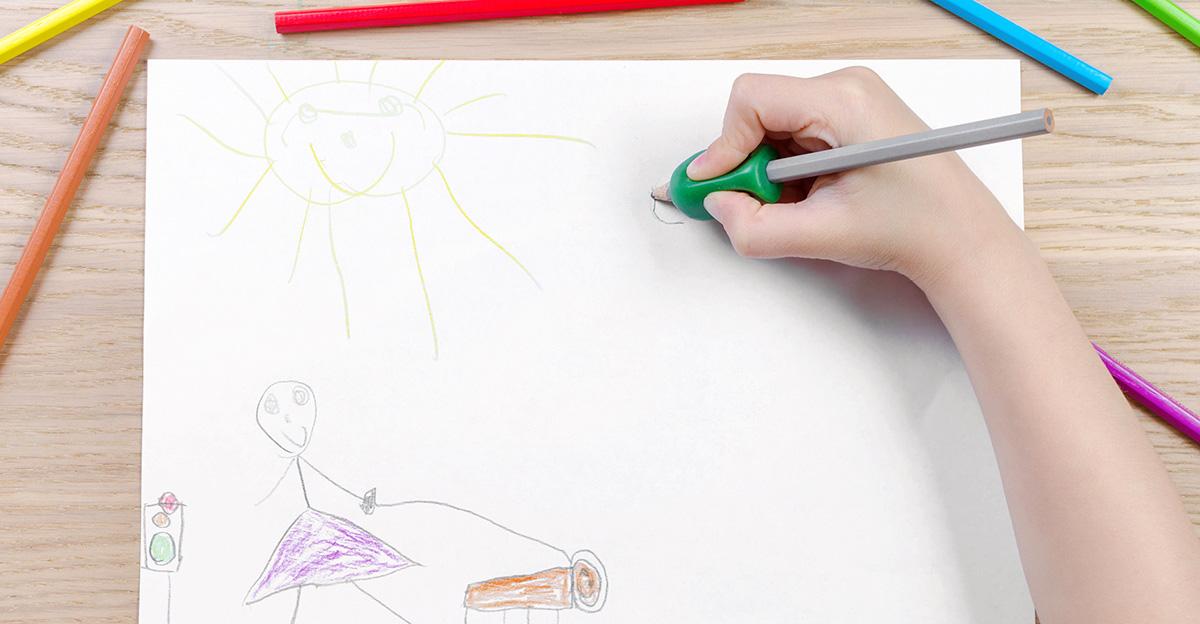
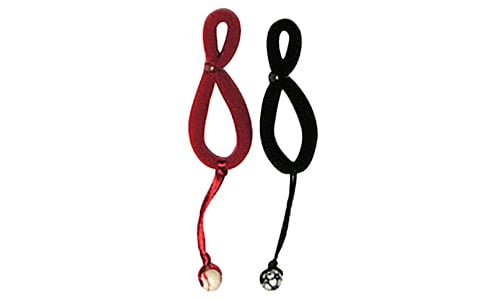
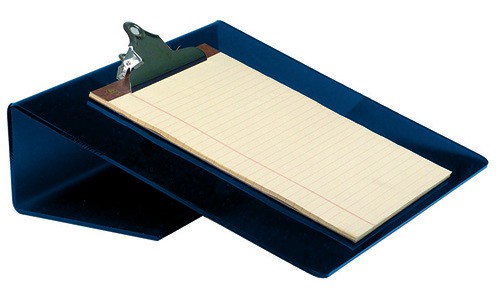

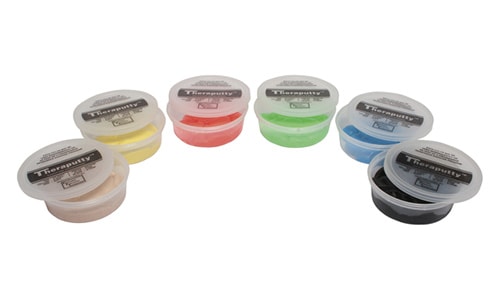
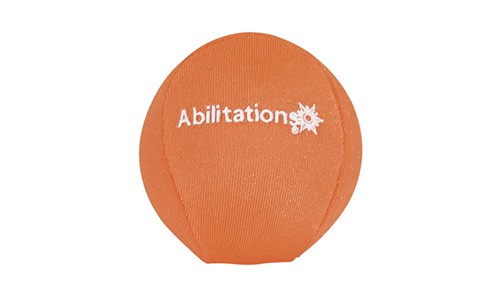
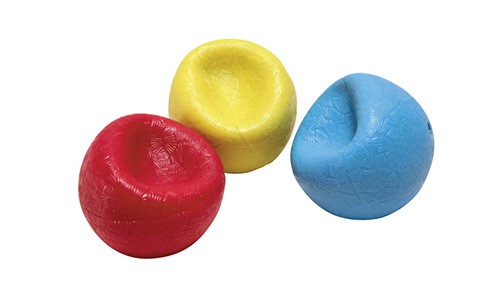
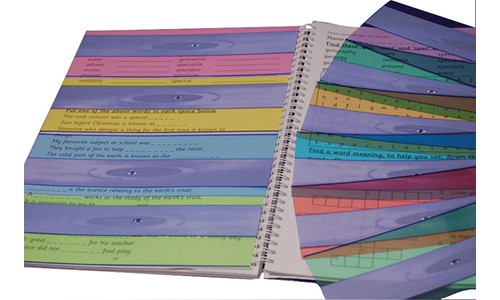

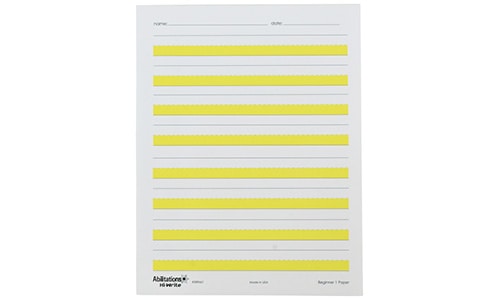
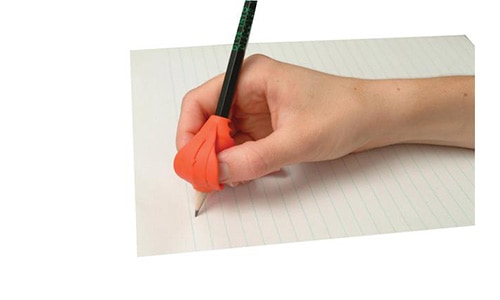
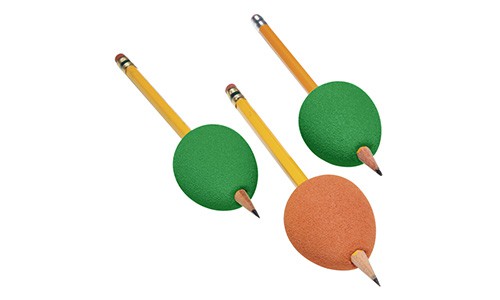




All learners can benefit from this blog’s practical strategies and tools to improve fine motor skills and handwriting.
Thanks for the comment. We are glad you found the post informative! – Maureen